Effective communication a tool for excellent customer service.
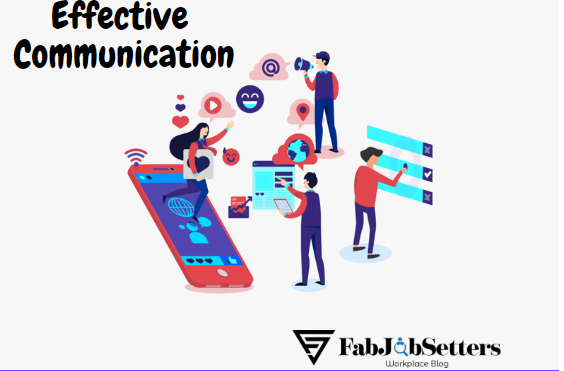
Effective communication a tool for excellent customer service.
The ability to make your thought and intention known to the other party is very important. When information is passed on from one person to the other without distorting the initial intention, it becomes more paramount. Communication with customers can be in writing through email or letters, by telephone, or face-to-face.
In the workplace, communication is the hallmark of every activity. This is because every successful output and result starts and ends with communication, but for this work, we shall concentrate on communication as it relates to customer service relationships.
Effective communication is essential for an excellent customer experience. In Delivery service customers needs only to be heard and have the right information. Customer service starts and ends with communication. Effective Communication is likened to the season in outstanding customer service. A delighted customer is greatly influenced by effective communication. Communication is using words, actions, sounds, and signs to express and exchange information or express your ideas, emotions, and feelings to another person.
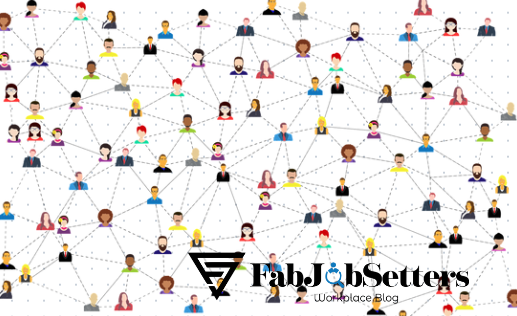
The Eight C’s of Effective Communication.
The C’s in communication is the bedrock of effective communication. It makes the interaction process seamless and easygoing. These are:
- Complete: All information passed out must accurate, with all required details.
- Correct: Information is updated regularly. you must be updated with all information passed out to your customers. However, when in doubt, always verify.
- Concise: summarize your information in other to contain all required pieces of information. That is brief but comprehensive.
- Clear: information should be clearly understood by the recipient. The purpose of information becomes defeated when it is not assimilated by the receiver.
C’s of Effective Communication.
- Courteous: When information is delivered to the recipient in a polite and well-mannered manner, the recipient pays more attention to it.
- Considered: Information should be well thought out, and have a good understanding of the mood of the recipient. Facial expression, body language, or responses is the tool to determine how well the receiver accept a piece of information passed. Carefully pass your information with the intent of not offending the receiver.
- Captivating: With good charisma, you can keep the receiver interested in the information until you are done. make the information more appealing to always get the full attention of the receiver.
- Cultivated and cultured: As much as possible avoid irrelevancies.
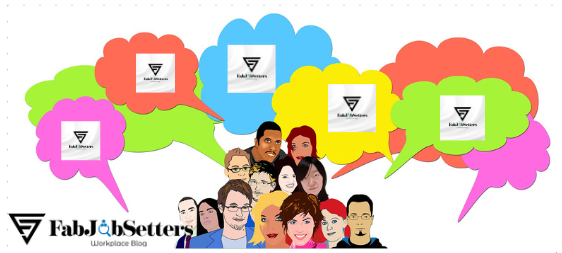
Reasons for communications
Below are the possible reasons for engaging in communication or interaction.
- Communication helps to settle disputes and resolve problems between persons.
- In Learning and acquiring knowledge, communication is very necessary.
- Communication helps to Gather information and make research.
- Communication enables one to make Decisions.
- Relate to another party how you feel about something. You can only share your feelings about anything through communication.
- Knowledge is shared through communication.
- Relating with others: communication plays a vital role in a relationship between two or more persons.
- Communication Promote teamwork and build trust
- Communication Improve output and result oriented and also help in getting answers and result.
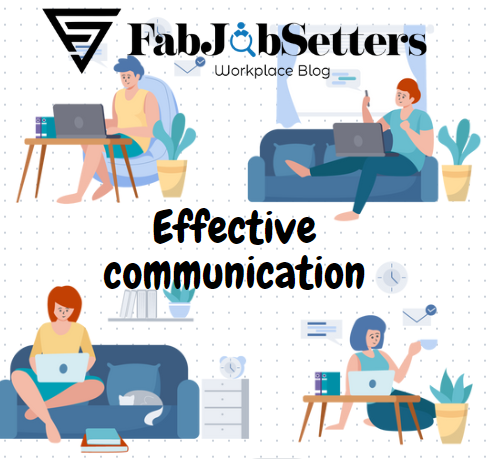
Effective communication is a tool for excellent customer service.
Effective communication in excellent customer service.
Effective communication is an essential tool to deliver excellent customer service. Communication with the customer at the workplace very inevitable in a work environment. This is because the firm’s growth and goodwill depend on how effectively the employee can relate professionally with internal and external customers.
Communication skill includes:
- Effective questioning
- Building and maintaining rapport.
- Active listening
Effective questioning
This will enable you to assist customers in rendering solutions to their challenges by asking the proper questions.
- Ask open, probing, and Avoid leading questions, closed questions, and multiple questions- these can be confusing. Open questions: gives full information on customers’ needs or the problem that has arisen. Examples are questions that start with: how, what, why, who, when, tell me about, etc.
- Probing questions: more detailed information on a particular aspect of customers’ needs or problems examples are questions that start with: what specifically did, what exactly did tell me details about, what happened.
- Closed question: Only ask closed questions if it is necessary. It is a confirmation or denial of a point or specific piece of information and gives you control of the conversation. Examples are: Yes, or No answer, also questions that begin with is, are, do, will, who would, how, where, etc.
- Use pause: also allows the customer the time to think. This will prevent the discussion from becoming interrogative.

Effective communication is a tool for excellent customer service.
Building and maintaining rapport
The key tool for building and maintaining relationships is effective communication. Examples of how to build strong relationships with your customers are provided below.
- Feel at ease or comfortable with your customer. Customer relationships should be personalized. See your customer as friends, this will help you understand their needs better.
- Getting along with your customer. Show that you are available by ensuring that your clients have a great experience.
- Maintain eye-to-eye contact. Have great body language, especially eye-to-eye contact, this indicates full attention and concentration to your customers.
- The feeling of empathy goes a long way. Empathy signifies understanding and willingness to assist.
Active listening
The most critical aspect of good communication is attentive listening. You may answer questions incorrectly if you do not listen completely. Listening carefully entails paying attention to what the customer is saying as well as the client’s body language to ensure that you grasp their emotions and feelings.
It is impossible to speak and listen simultaneously. Communication will never be effective unless you can listen intently. Maintain objectivity and refrain from judging. Listen solely to what is stated rather than what is not expressed, and avoid jumping to conclusions. Be an active listener and show signs of understanding through eye contact, and nodding of the head.
How to be an active listener
- Absorb and interpret both the verbal and nonverbal messages from your customer.
- Use words such as I see, I understand, I follow, sure, and absolutely when your customers are speaking.
- Ask questions to understand better when necessary.
- Make an intentional effort to hear, listen and understand by being focused and concentrated.
- Repeat and summarize what the customers said to affirm that no point was left out.
- Avoid distractions and give feedback.
Benefits of active listening.
- Active listening Builds trust
- Active listening lowers resistance
- Makes you understand the customer’s need and help provide the right solutions.
- Active listening skill makes you acceptable.
Also read: https://fabjobsetters.com/telephone-etiquette-in-business/

Summary
Finally, every encounter with a customer is a moment of truth. Keep business conversation professional always. Keep in mind that a smile says a lot when communicating.
Be thoughtful when communicating; every communication has a goal. Communication is only effective when the message is well interpreted from sender to receiver. Healthy relationships express their needs.
Points to note
When communicating, it’s important to remember the following.
- Be careful of what you say (words used): The words used are very essential, don’t use offensive words. Words spoken have a lasting effect.
- Be cautious of how you speak, (tone, volume, and pace of voice): don’t speak too fast or too slow. Do not respond or murmur words, especially while offended control your action and words.
- Do not use technical words that may be difficult to understand by the receiver. While listening does not show signs that the speaker is wasting your time by either glancing here and there or stamping your feet This is disrespectful and should be avoided.
- In communication express the best possible posture and Body language: facial expression, eye contact, and Continence are very fundamental in effective communication.


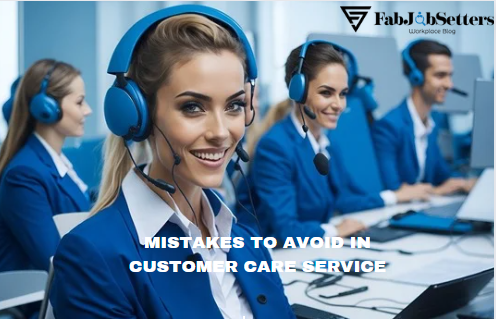
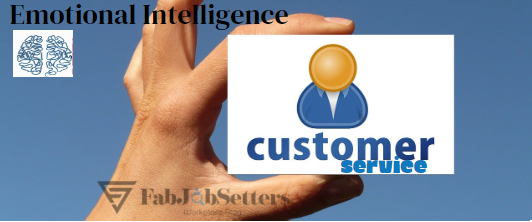

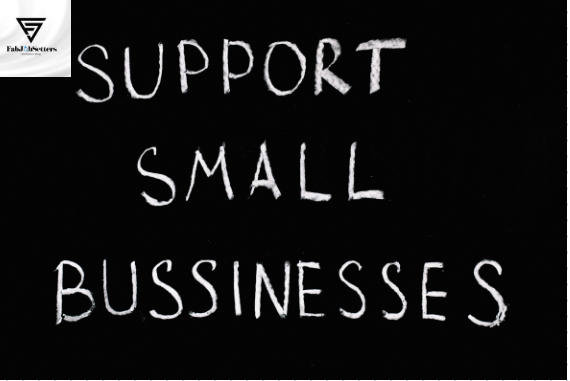

One thought on “Effective communication a tool for excellent customer service.”